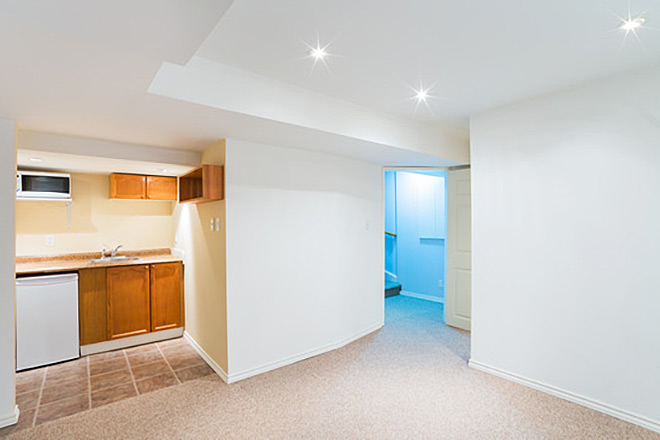The leaves have turned and as the weather grows colder, the wet winter season begins. It’s time to start weatherproofing your house for the inevitable rain and snow. You’ve checked your windows and you’ve made sure any weather strips are ready to seal out the cold, but what about the dampness? A leaky basement is not just a way for the cold to get in but it can also be incredibly destructive. It can cause mold, destroy things stored in basements, degrade your foundation and end up costing you a lot to repair. To prepare your home against leaks this year, here are 3 steps you can follow:
Step 1: Clean Your Guts
Just like a body, a house needs clean and clear ways of getting rid of water. No, going on a cleanse is not going to magically prevent your house against leaks but cleaning out your gutters will! So take a weekend to climb up and really clean out those guts. Leaves and other debris leftovers from fall will cause blocks and could lead to nasty leaks. Also, take the time to check for cracks or other damage that could have occurred during the year. Make sure your gutter drains face away from the foundation of your home. It’s rather counterproductive to drain the water along with your house!
Step 2: Upgrade Your Soil
Despite ensuring your gutter drains face away from the house, water can still build up. Changing the grade of soil around your house can also help you prevent a leaky basement this winter. All around your house’s foundation, you’ll want to rake soil around so that it’s 1/4” per foot so that the water will drain towards your yard and not your house. Doing this is an easy and pretty inexpensive way to ensure that you don’t end up with any water damage.
Step 3: Respect The Trees
When you look at trees you see the beautiful topside part, but people often forget that the roots are usually just as big as the top section. Like the branches, tree roots stretch far out into the soil and can actually do incredible damage to your foundation, pipes and more.
If you’re going to plant some trees around your property, you want to make sure any shade trees like maples should be planted at least 20 feet away from your house. If you’re going to go with smaller trees like white firs or apple trees, 10-15 feet is alright.
Now, what do you do about the trees already planted? Cutting them down to prevent a few leaks is overkill but you can take a look at what kind of trees they are, how far away they are and find out if there’s ever been a problem before by contacting the city.
So as you’re getting ready for the general insanity of the festive season, take the time to do the basics now and you’ll enjoy a worry-free year-end and holiday period.

